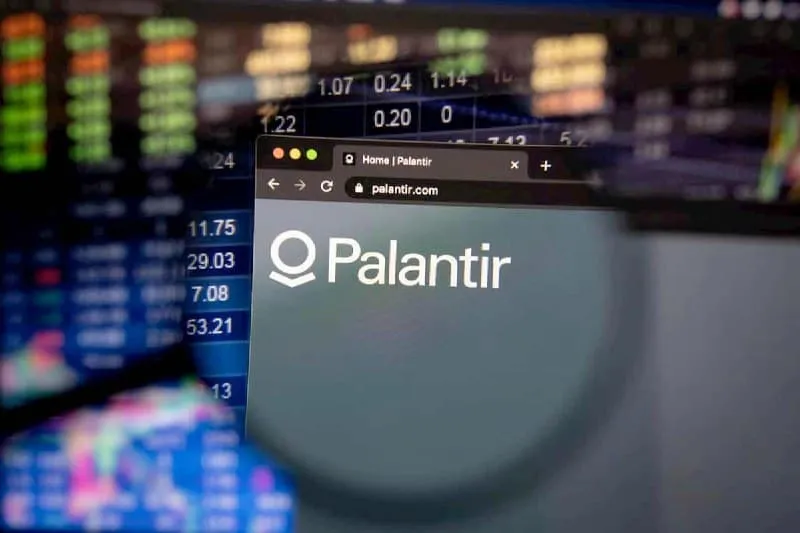Evaluating Palantir's Stock Price Surge Amid Nasdaq Switch

As Palantir prepares for its switch from the New York Stock Exchange (NYSE) to the Nasdaq, the stock price has surged to a new record high of $66.00. This transition, effective November 26, could see the company included in the Nasdaq-100 Index, potentially increasing institutional interest.
Palantir's Stock Performance and Growth Potential
By November 15, Palantir's stock closed at $65.77, an impressive 11% increase within 24 hours, contributing to a year-to-date growth of 296%, marking it as one of 2024's top performers.
- Strong momentum supported by impressive Q3 earnings.
- 30% year-over-year revenue increase and raised full-year guidance.
- Robust demand for AI products and significant government contracts.
Driving Factors for Future Growth
Palantir’s growth remains driven by its AI Platform (AIP), which is vital in sectors like defense, healthcare, and finance. Significant year-on-year revenue growth is evidenced by:
- 40% increase in U.S. government revenues.
- 54% surge in U.S. commercial revenues, reflecting adoption of AIP.
With $4.6 billion cash position and no debt, Palantir is poised for growth, but analysts express concerns regarding its high valuation.
Valuation Concerns: Risks Ahead
Despite Palantir's performance, analysts like Jefferies' Brent Thill highlight valuation risks, downgrading the stock due to high premiums and significant insider selling. The pressing concern remains whether Palantir can sustain its current valuation amidst growth expectations.
Investor Outlook: Evaluating the Stock
While Palantir is positioned as a leader in AI and data analytics, its elevated valuation urges caution for prospective investors. A forward P/E ratio of 144.42 signifies that substantial premiums are attached to anticipated future earnings, which could expose investors to volatility.
- High expectations may lead to risks of corrections if growth targets aren’t met.
- Investors should weigh the potential for gains against the risk of significant pullbacks.
This article was prepared using information from open sources in accordance with the principles of Ethical Policy. The editorial team is not responsible for absolute accuracy, as it relies on data from the sources referenced.